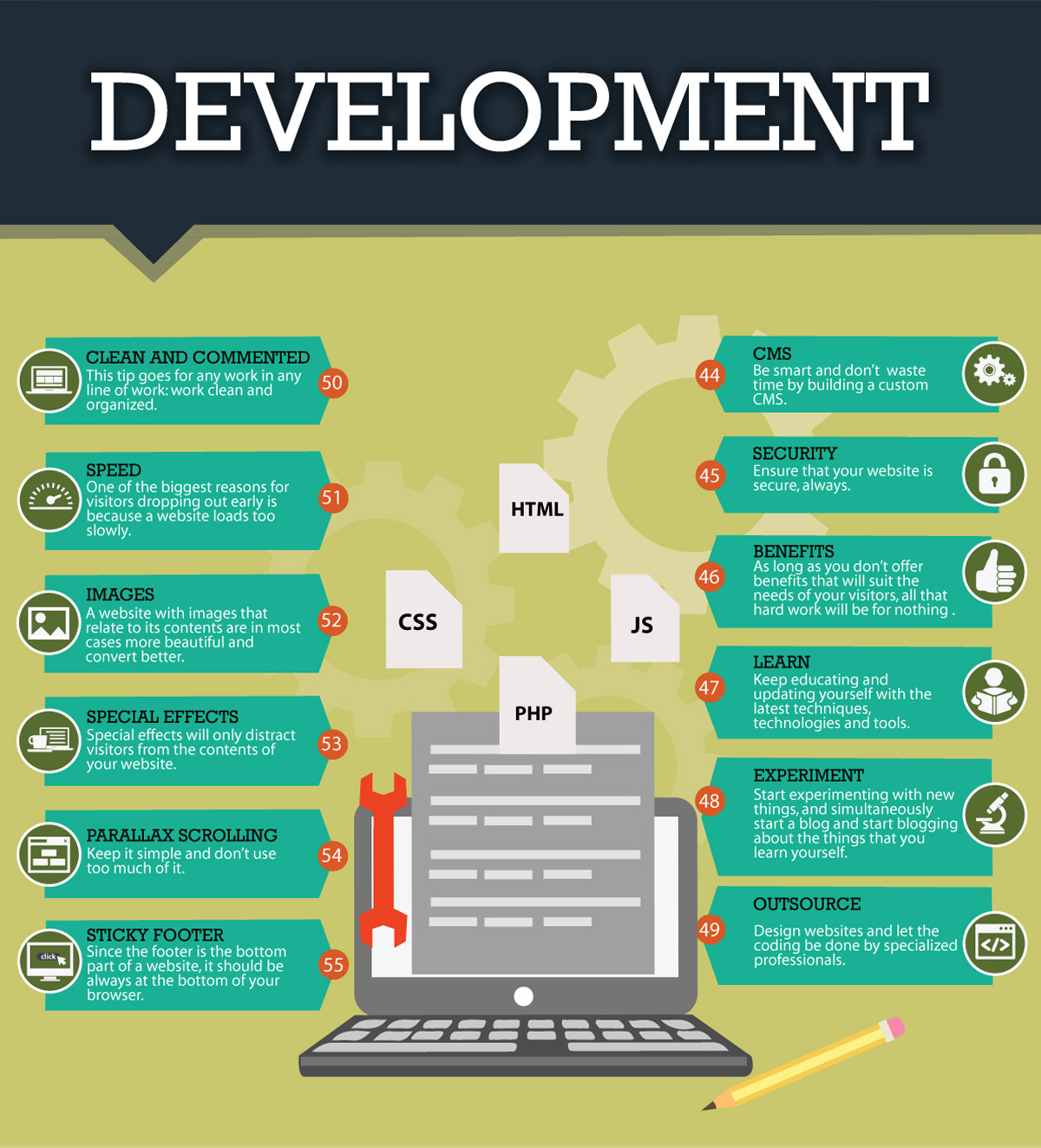Interested In Learning How Site Layout Has Developed? Check Out The Journey From Uncomplicated Layouts To User-Centric Approaches
Interested In Learning How Site Layout Has Developed? Check Out The Journey From Uncomplicated Layouts To User-Centric Approaches
Blog Article
Authored By-Carstens Vangsgaard
In the past, websites were easy and concentrated on information. Navigating was straight, and style was for desktops. Now, customer experience is vital. Information overviews designs for simple navigating. Responsive formats suit various tools. Today, dark mode minimizes pressure, and minimal menus improve navigation. top local seo involve customers, and vibrant visuals stick out. AI integration boosts interaction. See exactly how layout has developed to enhance your on-line trip.
Very Early Days of Web Design
In the very early days of web design, simpleness preponderated. Sites were fundamental, with limited shades, fonts, and designs. The focus got on offering details as opposed to fancy visuals. Individuals accessed the web through slow dial-up links, so speed and functionality were key.
Navigating menus were straightforward, commonly located on top or side of the page. Internet sites were designed for desktop computers, as mobile browsing wasn't yet widespread. Web content was king, and developers prioritized simple readability over complex layout components.
HTML was the main coding language used, and developers had to work within its restraints. Computer animations and interactive features were marginal contrasted to today's standards. Sites were fixed, with little dynamic web content or tailored individual experiences.
Increase of User-Focused Style
With the advancement of web site design, a shift in the direction of user-focused style principles has actually come to be progressively popular. Today, producing web sites that prioritize individual experience is essential for involving site visitors and accomplishing business goals. User-focused layout entails recognizing the needs, preferences, and behaviors of your target audience to customize the website's format, web content, and features accordingly.
https://martechseries.com/mts-insights/interviews/martech-interview-with-link-walls-vp-of-digital-marketing-strategy-at-channeladvisor/ carry out complete research, such as customer surveys and usability screening, to gather insights and responses straight from customers. This data-driven approach assists in producing instinctive navigation, clear calls-to-action, and aesthetically enticing interfaces that resonate with site visitors. By placing the individual at the center of the style process, web sites can deliver a much more tailored and delightful experience.
Responsive design has likewise emerged as a vital facet of user-focused design, making sure that web sites are maximized for numerous gadgets and screen dimensions. This adaptability boosts accessibility and use, catering to the diverse methods customers connect with web sites today. In essence, the rise of user-focused design represents a shift towards creating electronic experiences that prioritize the demands and expectations of completion customer.
Modern Trends in Website Design
Explore the current fads shaping web design today. https://email-marketing-benefits95062.blog4youth.com/30429170/enhance-your-pay-per-click-projects-by-using-effective-keyword-study-strategies-that-will-transform-your-advertising-and-marketing-performance-discover-more-today is dark setting design, supplying a sleek and contemporary look while decreasing eye strain in low-light settings. An additional crucial pattern is minimal navigating, streamlining food selections and boosting individual experience by concentrating on essential elements. Integrating micro-interactions, such as animated buttons or scrolling effects, can develop an extra engaging and interactive internet site. Responsive style continues to be vital, making sure smooth user experiences across different gadgets. Furthermore, making use of bold typography and unbalanced designs can add aesthetic rate of interest and draw attention to details web content.
Integrating AI innovation, like chatbots for consumer assistance or individualized suggestions, boosts user engagement and enhances procedures. Access has also end up being a considerable trend, with developers prioritizing inclusive layout techniques to satisfy diverse user demands. Welcoming sustainability by maximizing web site performance for rate and performance is one more emerging pattern in website design. Collaborating with user responses and data analytics to iterate and enhance layout constantly is vital for remaining appropriate in the ever-evolving electronic landscape. By accepting these modern-day trends, you can develop an aesthetically appealing, user-friendly website that resonates with your audience.
website design company
As you reflect on the advancement of internet site style from the early days to now, you can see how user-focused style has ended up being the driving pressure behind contemporary fads.
Accept the trip of adjustment and adaptation in web design, always maintaining the individual experience at the forefront.
Keep existing with the most up to date trends and innovations, and never quit advancing your approach to develop aesthetically spectacular and easy to use web sites.
Advance, adapt, and produce - the future of website design remains in your hands.
